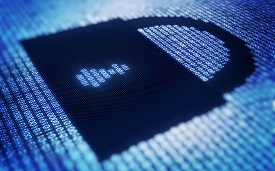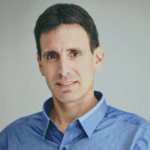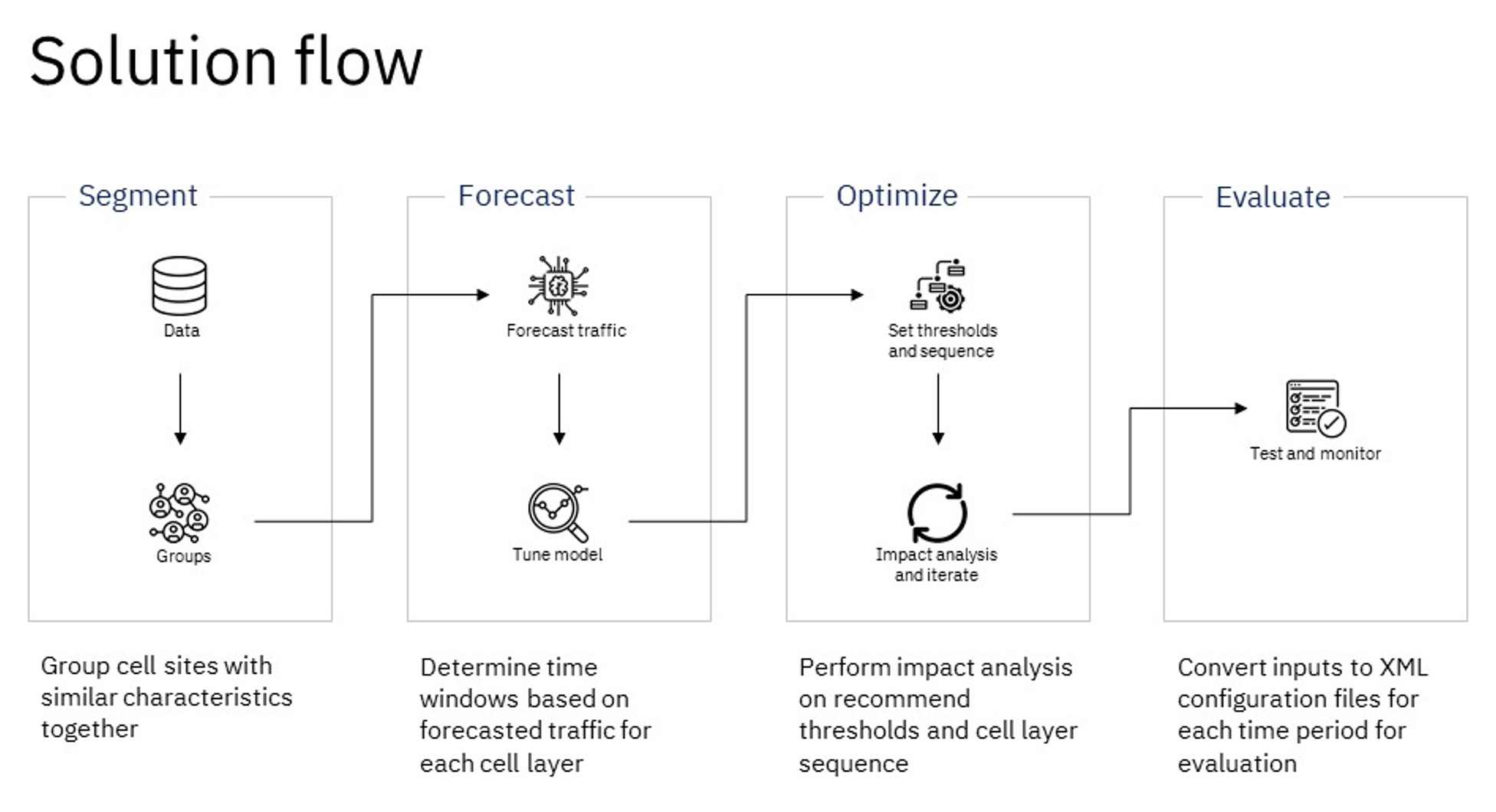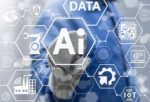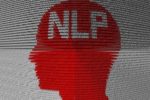Graviti Launches Data Platform Addressing the Needs of Working with Large Volumes of Unstructured Data
Graviti, a New York based modern data infrastructure startup that has been in stealth mode for the past three years, is today launching its first product – Graviti Data Platform. Graviti Data Platform is designed to eliminate one of the …


